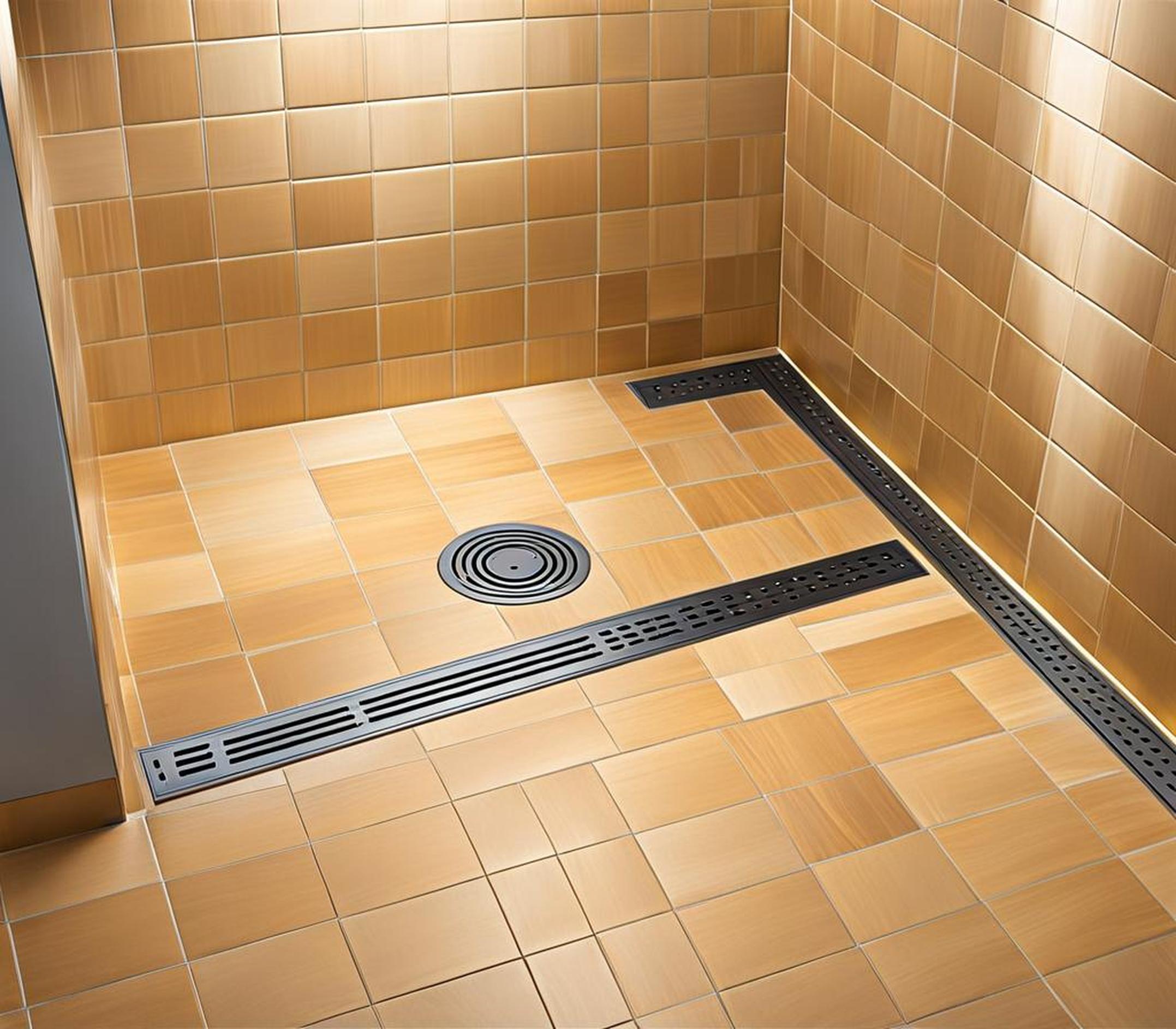Linear shower drain are a great upgrade for today’s bathroom. But like any fixture, these modern drains require proper care and maintenance to keep water flowing freely. By staying vigilant with a few key tasks, you can avoid unpleasant clogs and keep your linear drain working like new.
Preventing Clogs and Drainage Issues
Clogs from hair, soap scum, and other debris are the number one enemy of smooth drainage. Left unchecked, buildup can accumulate in the drain line and totally block water flow. Stay ahead of problems with these proactive steps.
Keeping the Drain Line Clear
Regularly removing accumulated gunk is crucial. After each use, wipe debris from the drain grate. Once a week, flush with baking soda and vinegar to dissolve grease. For a deeper clean, pour boiling water down the drain. Use plastic drain catchers and hair screens to trap debris before it enters the pipe.
Monitoring Water Flow
Periodically check drainage speed. If water seems sluggish, attempt to clear the drain line. Place buckets of water across the shower floor and time how long they take to empty. Compare this to the initial drainage speed when the drain was new. If there’s a noticeable difference, take corrective action.
Performing Routine Cleaning
Do a thorough scrubbing of the drain components every few months. Remove the drain grate and clean by hand with baking soda. For the drain line, use a drain snake or auger to pull out embedded gunk. Taking these basic steps prevents gradual buildup from escalating into a full clog.

Easy Surface Cleaning and Disinfection
In addition to the drain itself, stay on top of cleaning the shower walls, floor, and tiles. This prevents grime buildup and keeps the entire space sanitary.
Daily Showers and Baths
Get into a quick cleaning routine after each use. Wipe down walls with a squeegee to prevent soap scum and mineral buildup. Spray shower surfaces with a daily shower cleaner and let sit briefly before rinsing. Disinfect metal fixtures like faucets and shower heads.
Deep Cleaning Sessions
Do a thorough deep clean every couple weeks. Scrub porcelain, tile, and grout with a stiff brush. For tough grime, use a steam cleaner. Fogging the space with a bleach-based cleaner is also an effective disinfecting method. Take time to clean the entire shower from top to bottom.
Protecting the Linear Drain Long-Term
For ongoing trouble-free function, take steps to safeguard the linear drain itself. Address minor issues promptly to prevent major problems down the road.
Prevent Standing Water
If small pools collect around the drain, the original slope is likely off. Relevel affected areas to promote proper water runoff. Check for settling beneath tiles and adjust as needed. Even small fixes can improve flow.
Reseal When Needed
If leaks appear near the drain line, resealing is in order. Reapply a smooth bead of silicone caulk around the drain connection. Look for cracks in grout and recaulk. This prevents moisture damage and leaks.
Replace Damaged Parts
Swap out any pieces that become cracked or defective over time. Drain grates are prone to damage from feet or falling bottles. Have replacements ready to pop into place. Repair any leaking sections of pipe right away.
Signs It’s Time to Call a Plumber
While DIY care can solve many minor issues, know when to bring in a pro. If you’ve attempted drain snakes, boiling water, and resealing to no avail, the clog likely requires a plumber’s expertise. Leaks stemming from extensive pipe damage also require professional repair. Major slope and placement issues are best corrected during new construction or full remodels. Don’t delay – severe problems only get worse.
The linear shower drain can provide beauty and relaxation for many years. By staying on top of debris buildup, cleaning the surrounding surfaces, fixing minor issues promptly, and calling a plumber for major problems, you can avoid maintenance headaches. With just a little vigilance, your linear drain will function like new, keeping your shower area sparkling and peaceful.
